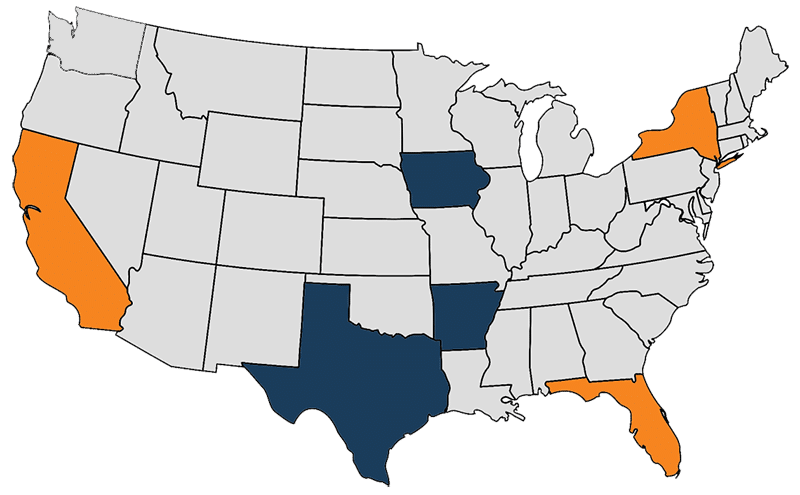Are you confident in the preparedness of your disaster recovery plan? Regular checks are essential for ensuring readiness and minimizing potential losses.
You should conduct a full-scale test at least once a year, with quarterly partial tests.
Flexible tools compatible with any software or hardware are recommended for adequate checks. These tools should provide comprehensive monitoring and built-in solutions to resolve any issues that may arise quickly.
By following these steps, you can ensure the effectiveness of your disaster recovery plan and protect your organization from unforeseen disasters.
Frequency of Disaster Recovery Plan Checks
You should conduct a full-scale test of your disaster recovery plan at least once a year.
In addition to the annual test, it is also essential to perform partial tests of the system quarterly.
This regular testing ensures that you are prepared for worst-case scenarios and helps minimize downtime in case of an actual disaster.
The testing frequency may vary based on your organization’s needs and industry regulations.
Taking a proactive approach and conducting regular checks can minimize potential losses and ensure compliance with industry regulations.
It is crucial to prioritize these regular checks as they play a significant role in the effectiveness of your disaster recovery plan.
Need for Comprehensive Disaster Recovery Checks
To ensure thorough monitoring and minimize the risk of overlooked vulnerabilities, it is crucial to take a comprehensive approach when conducting disaster recovery checks.
Disaster recovery plan audits are essential for ensuring the effectiveness of your plan. More than spot-checking individual components is required; you must have a holistic view of your environment.
By conducting comprehensive checks, you can ensure that all applications and systems are accounted for, leaving no room for potential gaps in your plan. This is one of the best practices for disaster recovery checks.
It is crucial to regularly review and update your plan to adapt to changing technology and business needs. By following these best practices, you can enhance the overall effectiveness of your disaster recovery plan and be better prepared for any unexpected events or disasters.
Importance of Flexible Tools for Disaster Recovery
Flexible tools for disaster recovery are essential in ensuring comprehensive monitoring of the entire environment. These tools should be compatible with any software or hardware, allowing seamless integration and effective disaster recovery monitoring.
By using flexible tools, you can take a proactive approach to disaster recovery, minimizing downtime and potential losses. Inadequate checks due to tool limitations can indicate incomplete protection, leaving vulnerabilities unnoticed.
However, you can thoroughly monitor all applications and systems with flexible tools that offer compatibility and versatility. This holistic approach enhances the overall effectiveness of your disaster recovery plan by ensuring that no component is overlooked.
Importance of Helpful Solutions for Disaster Recovery
It’s essential for monitoring tools to provide built-in knowledge bases. These knowledge bases offer helpful solutions for potential or actual issues during disaster recovery processes. When facing a crisis, you need quick resolution and ready-to-implement solutions. These built-in knowledge bases provide the answers and guidance you need to navigate recovery efficiently.
With access to these resources, you can swiftly overcome any obstacles, minimizing downtime and reducing the impact on your business operations. These solutions are designed to be practical and actionable, allowing you to implement them immediately without wasting valuable time searching for answers elsewhere.
Regular Checks are Vital
So, remember, regularly checking your disaster recovery plan is vital for preparedness and minimizing losses. Make sure to conduct full-scale tests at least once a year and partial tests quarterly.
Use flexible tools compatible with any software or hardware to check your environment comprehensively. These tools should also provide built-in knowledge bases, alerts, and solutions for quick issue resolution. Stay proactive in protecting your business!











